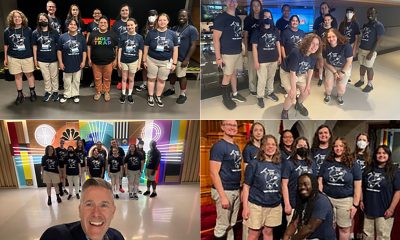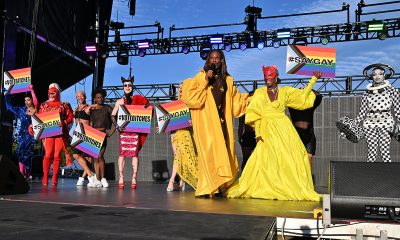Arts & Entertainment
Best of Gay D.C. 2017: MEDIA
Winners from the Washington Blade’s annual poll
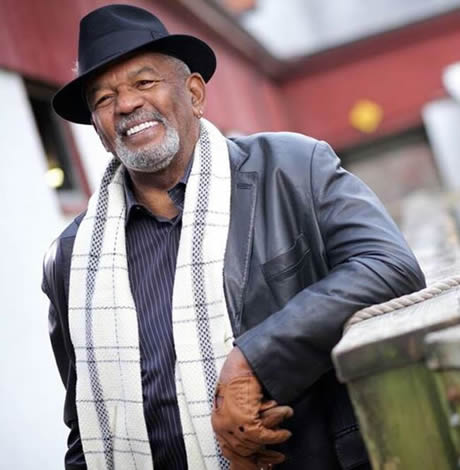

(Photo of Jim Vance by Robin Fader; Washington Blade photo of DCist reporters by Tom Hausman; photo of a D.C. Metro stop by Peter French courtesy Flickr)
Best Local Website
DCist
News, food, arts and events.
Editor’s choice: Popville

(Washington Blade photo by Tom Hausman)
Best Local Social Media Channel
Editor’s Choice: @alexmorash
@unsuckdcmetro has been chronicling D.C. Metro’s mishaps and disasters since January, 2009.
The anonymous founder, who says he is a journalist and LGBT ally, started using Metro as part of his commute. After experiencing problems he decided to start a blog to complain. He says he didn’t think the blog would get as popular as it did but noticed he wasn’t the only disgruntled one.
“One thing that got me thinking that it might have a chance to become useful was noticing the faces of fellow passengers when a train offloads or whatever problem it might be. Everyone just looks like, “Geez, this Metro is so bad,’” he says.
What started as a blog to vent frustrations about the daily commute evolved into Facebook and Twitter pages with thousands of followers united by their common annoyance of public transportation.
The founder recalls that one of his biggest posts on his now-defunct blog was on the June 22, 2009 metro crash. It was the first time he noticed the power of social media in the news as tweets poured in tracking the tragedy.
Now besides his own posts, other passengers tag @unsuckmetrodc their issues with Metro from offloading to uncleanliness.
While @unsuckmetro is the founder’s passion project, he says he would much rather the Metro be reliable.
“At the very foundation of the problem is the way it’s governed. Nobody is accountable. It’s set up to protect everyone involved from being accountable. People let things slide when they’re not accountable,” he says. (MC)

(Photo by Peter French; courtesy Flickr)
Best Local TV Personality
Jim Vance
Runner up: Chuck Bell, NBC 4
Many Washingtonians can recall growing up seeing Jim Vance report the news from the screens in their living rooms. The NBC4 news anchor became entrenched in D.C. culture just as much as “the Godfather of Go-Go” Chuck Brown, former D.C. Mayor Marion Barry and radio DJ Russ Parr, who all join Vance on Ben’s Chili Bowl mural wall.
Vance, who died from cancer in July at age 75, worked at NBC4 for more than 40 years making him the District’s longest serving TV anchor. Born in Ardmore, Pa., Vance was a reporter for the Philadelphia Independent newspaper and WHAT-AM radio station while also teaching English. He joined WRC-TV (NBC4) in 1969 as a reporter before moving to the anchor desk in 1972.
His coverage spanned some of the most talked about moments in D.C.’s history.
In 1977, he reported on the Hanafi Siege on three D.C. buildings by 12 gunmen which resulted in 149 hostages and the death of radio host Maurice Williams. He also covered the Air Florida Flight 90 crash in the Potomac River, which killed 78 people, in 1982.
More recently, he called out the Washington Redskins over the controversial use of their name despite being a longtime fan.
“Back in the day, if you really wanted to insult a black man, an Italian, a Jew, an Irishman, and probably start a fight, you threw out certain words. They were, and are pejoratives of the first order, the worst order, specifically intended to injure. In my view, ‘Redskin’ was and is in that same category,” Vance said during a 2013 broadcast of “Vance’s View.”
Over the course of his career, Vance received 19 local Emmy awards. In 2007, he earned the honor of being inducted into the National Association of Black Journalists Hall of Fame.
He gained recognition as a news anchor outside of D.C. thanks to a viral video that reached millions of views. In a 2006 segment on Paris Fashion Week, Vance and sports anchor George Michael couldn’t control their laughter over a model who fell twice on the runway. The Foo Fighters even paid tribute to Vance by using the video in a promo for their concert at RFK stadium.
While his professional life was widely praised, his personal life was also colorful. He went to the Betty Ford Clinic in 1984 to recover from a cocaine addiction that he battled throughout the ‘70s and ‘80s. Barry asked Vance for advice when he was dealing with his own addiction to crack cocaine which led to his 1990 arrest.
“Why did he ask me? Because what he, like everyone else who’s been around Washington for a while knows, is that for more than four years I have been in recovery. The mayor thought that I might be able to advise him. I did so,” the Washington Post quotes Vance telling viewers.
He was also candid about his struggles with depression and a suicide attempt at Potomac River at Great Falls in 1987 for which he sought therapy.
Vance died at his Silver Spring, Md. home. He is survived by his wife Kathy McCampbell Vance and three children Dawn, Amani and Brendon. (MC)
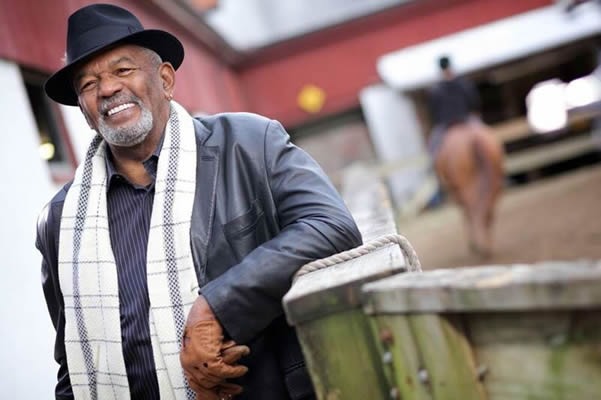
Jim Vance (Photo by Robin Fader)
Best Radio Station
WAMU 88.5
Public radio station serving the D.C. metro area.
Editor’s choice: Hot 99.5

Movies
‘Hedda’ brings queer visibility to Golden Globes
Tessa Thompson up for Best Actress for new take on Ibsen classic

The 83rd annual Golden Globes awards are set for Sunday (CBS, 8 p.m. EST). One of the many bright spots this awards season is “Hedda,” a unique LGBTQ version of the classic Henrik Ibsen story, “Hedda Gabler,” starring powerhouses Nina Hoss, Tessa Thompson and Imogen Poots. A modern reinterpretation of a timeless story, the film and its cast have already received several nominations this awards season, including a Globes nod for Best Actress for Thompson.
Writer/director Nia DaCosta was fascinated by Ibsen’s play and the enigmatic character of the deeply complex Hedda, who in the original, is stuck in a marriage she doesn’t want, and still is drawn to her former lover, Eilert.
But in DaCosta’s adaptation, there’s a fundamental difference: Eilert is being played by Hoss, and is now named Eileen.
“That name change adds this element of queerness to the story as well,” said DaCosta at a recent Golden Globes press event. “And although some people read the original play as Hedda being queer, which I find interesting, which I didn’t necessarily…it was a side effect in my movie that everyone was queer once I changed Eilert to a woman.”
She added: “But it still, for me, stayed true to the original because I was staying true to all the themes and the feelings and the sort of muckiness that I love so much about the original work.”
Thompson, who is bisexual, enjoyed playing this new version of Hedda, noting that the queer love storyline gave the film “a whole lot of knockoff effects.”
“But I think more than that, I think fundamentally something that it does is give Hedda a real foil. Another woman who’s in the world who’s making very different choices. And I think this is a film that wants to explore that piece more than Ibsen’s.”
DaCosta making it a queer story “made that kind of jump off the page and get under my skin in a way that felt really immediate,” Thompson acknowledged.
“It wants to explore sort of pathways to personhood and gaining sort of agency over one’s life. In the original piece, you have Hedda saying, ‘for once, I want to be in control of a man’s destiny,’” said Thompson.
“And I think in our piece, you see a woman struggling with trying to be in control of her own. And I thought that sort of mind, what is in the original material, but made it just, for me, make sense as a modern woman now.”
It is because of Hedda’s jealousy and envy of Eileen and her new girlfriend (Poots) that we see the character make impulsive moves.
“I think to a modern sensibility, the idea of a woman being quite jealous of another woman and acting out on that is really something that there’s not a lot of patience or grace for that in the world that we live in now,” said Thompson.
“Which I appreciate. But I do think there is something really generative. What I discovered with playing Hedda is, if it’s not left unchecked, there’s something very generative about feelings like envy and jealousy, because they point us in the direction of self. They help us understand the kind of lives that we want to live.”
Hoss actually played Hedda on stage in Berlin for several years previously.
“When I read the script, I was so surprised and mesmerized by what this decision did that there’s an Eileen instead of an Ejlert Lovborg,” said Hoss. “I was so drawn to this woman immediately.”
The deep love that is still there between Hedda and Eileen was immediately evident, as soon as the characters meet onscreen.
“If she is able to have this emotion with Eileen’s eyes, I think she isn’t yet because she doesn’t want to be vulnerable,” said Hoss. “So she doesn’t allow herself to feel that because then she could get hurt. And that’s something Eileen never got through to. So that’s the deep sadness within Eileen that she couldn’t make her feel the love, but at least these two when they meet, you feel like, ‘Oh my God, it’s not yet done with those two.’’’
Onscreen and offscreen, Thompson and Hoss loved working with each other.
“She did such great, strong choices…I looked at her transforming, which was somewhat mesmerizing, and she was really dangerous,” Hoss enthused. “It’s like when she was Hedda, I was a little bit like, but on the other hand, of course, fascinated. And that’s the thing that these humans have that are slightly dangerous. They’re also very fascinating.”
Hoss said that’s what drew Eileen to Hedda.
“I think both women want to change each other, but actually how they are is what attracts them to each other. And they’re very complimentary in that sense. So they would make up a great couple, I would believe. But the way they are right now, they’re just not good for each other. So in a way, that’s what we were talking about. I think we thought, ‘well, the background story must have been something like a chaotic, wonderful, just exploring for the first time, being in love, being out of society, doing something slightly dangerous, hidden, and then not so hidden because they would enter the Bohemian world where it was kind of okay to be queer and to celebrate yourself and to explore it.’”
But up to a certain point, because Eileen started working and was really after, ‘This is what I want to do. I want to publish, I want to become someone in the academic world,’” noted Hoss.
Poots has had her hands full playing Eileen’s love interest as she also starred in the complicated drama, “The Chronology of Water” (based on the memoir by Lydia Yuknavitch and directed by queer actress Kristen Stewart).
“Because the character in ‘Hedda’ is the only person in that triptych of women who’s acting on her impulses, despite the fact she’s incredibly, seemingly fragile, she’s the only one who has the ability to move through cowardice,” Poots acknowledged. “And that’s an interesting thing.”
Arts & Entertainment
2026 Most Eligible LGBTQ Singles nominations
We are looking for the most eligible LGBTQ singles in the Washington, D.C. region.

Are you or a friend looking to find a little love in 2026? We are looking for the most eligible LGBTQ singles in the Washington, D.C. region. Nominate you or your friends until January 23rd using the form below or by clicking HERE.
Our most eligible singles will be announced online in February. View our 2025 singles HERE.

The Freddie’s Follies drag show was held at Freddie’s Beach Bar in Arlington, Va. on Saturday, Jan. 3. Performers included Monet Dupree, Michelle Livigne, Shirley Naytch, Gigi Paris Couture and Shenandoah.
(Washington Blade photos by Michael Key)

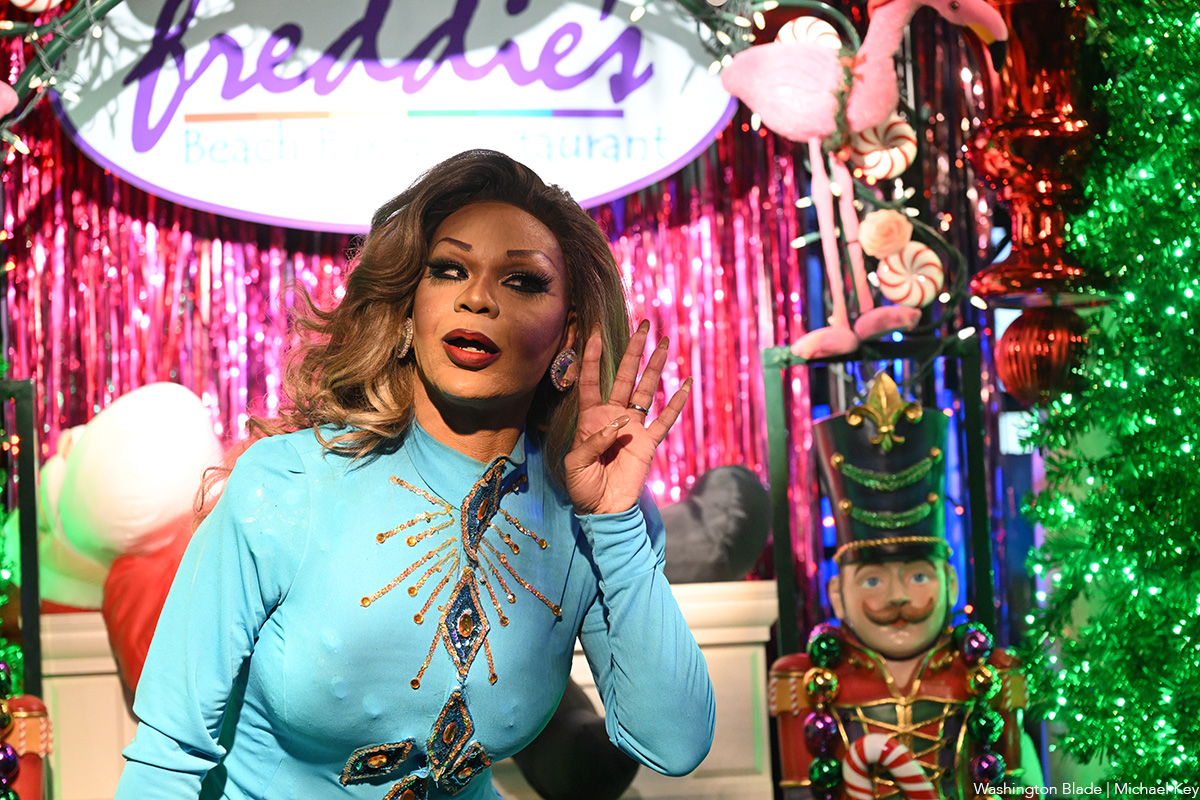








-

 Sponsored4 days ago
Sponsored4 days agoSafer Ways to Pay for Online Performances and Queer Events
-

 District of Columbia4 days ago
District of Columbia4 days agoTwo pioneering gay journalists to speak at Thursday event
-

 Colombia3 days ago
Colombia3 days agoBlade travels to Colombia after U.S. forces seize Maduro in Venezuela
-

 a&e features4 days ago
a&e features4 days agoQueer highlights of the 2026 Critics Choice Awards: Aunt Gladys, that ‘Heated Rivalry’ shoutout and more



